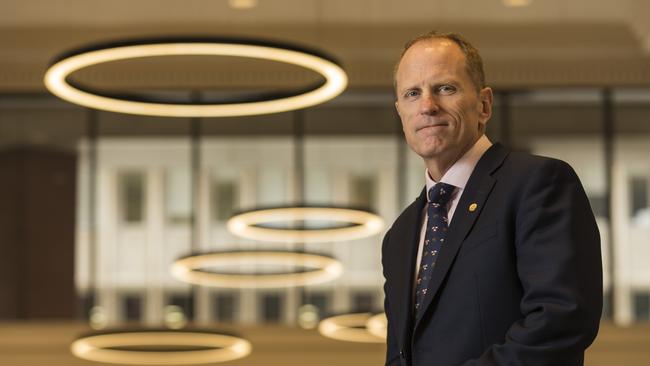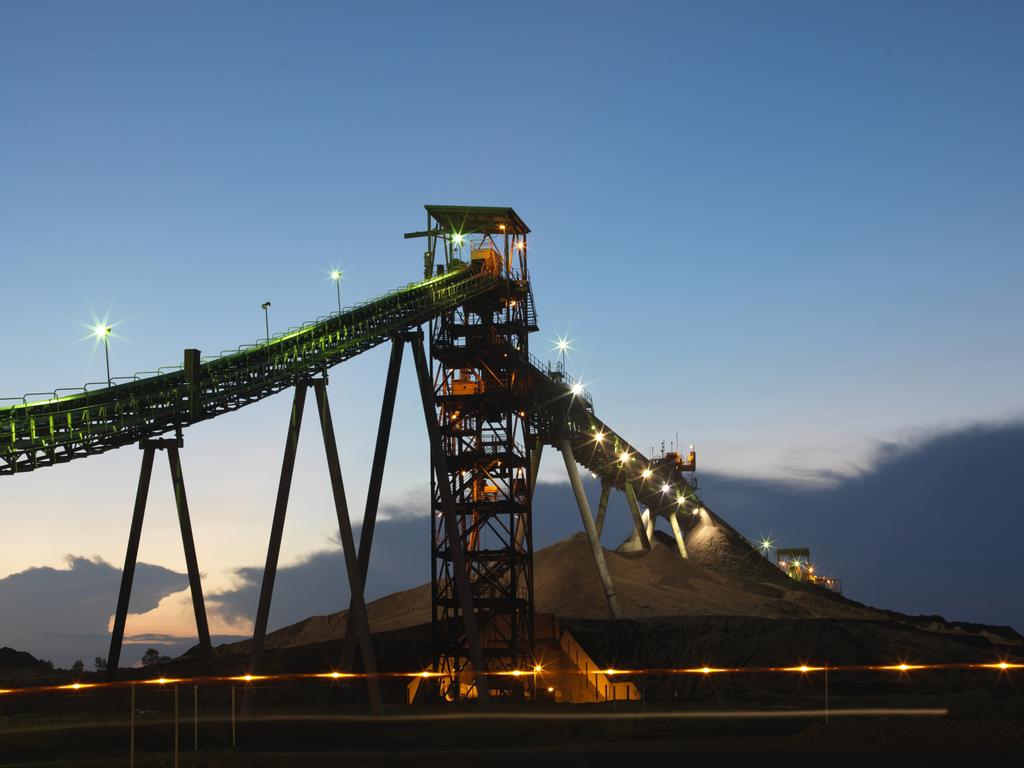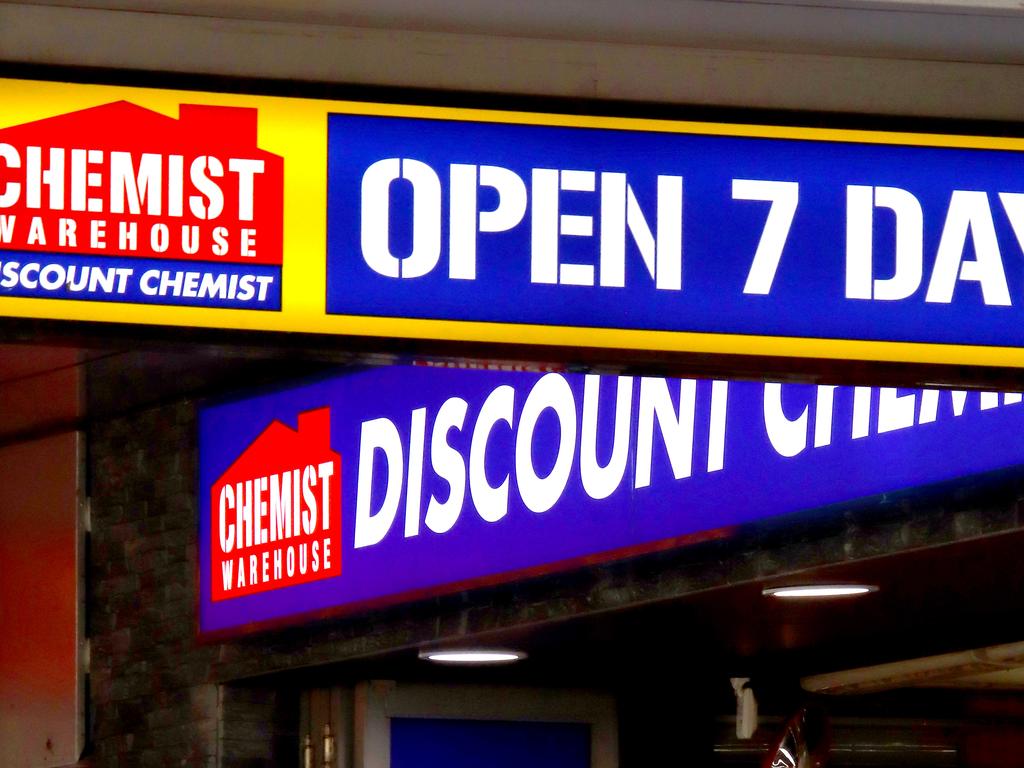Oil and gas reform blueprint amid fears sector struggling to recover from COVID-19 oil crash
Australia’s oil and gas industry will present a reform blueprint to Scott Morrison to kick-start an economic recovery.

Australia’s oil and gas industry will present a reform blueprint to Scott Morrison to kick-start an economic recovery amid fears the sector is struggling to recover from a COVID-19 oil crash while the nation’s big renewable players have warned the pandemic risks slashing investment and derailing the clean energy transition.
The Australian Petroleum Production & Exploration Association, which represents the nation’s energy producers, will discuss a set of changes with the federal government focusing on boosting exploration investment and cutting regulatory hurdles.
The ‘‘quick-start’’ initiatives include accessing government loan guarantees to gain added security for juniors to access debt financing, promoting short-term licence permits, expanding a mining exploration tax credit incentive to the petroleum industry to spur greater investment and cutting overlapping environmental requirements between the states and the commonwealth.
“The oil and gas industry is facing an enormous challenge in recovering from the economic impacts of the COVID-19 pandemic,” APPEA chief executive Andrew McConville told The Australian.
“The current market conditions are arguably the most challenging the industry has ever seen with demand destruction, excess supply and oil prices falling more than 75 per cent over the first four months of 2020. The industry faces the challenge of how to return to growth and best place the industry to respond in supporting Australia’s economic recovery.”
The Morrison government is already fielding COVID-recovery solutions from influential bodies including the Business Council of Australia even as a second wave of cases threatens to push the economy deeper into recession and slow any post-pandemic financial boost for the nation.
The government has also received a final report from the National COVID-19 Coordination Commission manufacturing taskforce chaired by former Dow boss Andrew Liveris. A draft proposal suggested a ‘‘gas-led’’ recovery involving guaranteeing gas volumes, opening new fields and building pipelines to halve the price of the fossil fuel to a $4 a gigajoule target.
Mr McConville said it was critical the energy industry was a central part of any recovery plans.
“For this recovery to occur, and how quickly it happens, will depend in part on decisions that government takes now and the actions that industry implements in response to a positive reform agenda,” he said.
The country’s biggest renewable players are also concerned about falling investment at a time when huge spending is required to ensure the national electricity market can move to cleaner sources of energy from its current coal base.
While Macquarie’s Green Investment Group estimates ample “dry powder” for investment, with Australia’s superannuation system to triple its assets to $10.5 trillion by 2040, bankers said the short-term market remained challenging.
“If we look at COVID-19 and the first half of this year, we’ve seen deal flow slow,” NAB global head of energy Andrew Smith told the Clean Energy Council forum on Tuesday.
“COVID-19 factors have presented a series of challenges to lending markets generally. What we initially saw was credit indices blew out, funding costs widened which then found its way through to wider loan margins for the project finance market and loan underwriting markets became very challenging.”
The Queensland government-owned QIC — whose clients include Australia’s largest superannuation funds controlling $730bn of retirement savings — called for a renewable-led recovery from the pandemic given the pressure the sector faces.
“We think that there’s a real opportunity in Australia to link some of the economic stimulus to the significant construction and new-build requirement that’s ahead of us in the energy sector to really accelerate that transition to decarbonisation,” QIC partner Angela Karl told the forum.
About 75 per cent of clean energy plants in this year’s 3000 megawatt pipeline will be deferred or canned and fail to reach financial close or start construction this year, consultancy Rystad estimates.
Just 530MW of a 2000MW solar total has achieved financial close and is scheduled to start construction while only 210MW of 1100MW in wind capacity will proceed.
The Clean Energy Council has previously lobbied the federal government to include the renewables sector in any stimulus package resulting from COVID-19 to protect households and businesses from high electricity costs.
Nearly $20bn has been lost in writedowns and charges on Australian and Papua New Guinea projects run by Woodside Petroleum, Shell, Origin Energy and Oil Search so far in July, as some of the nation’s biggest gas producers adjust to an uncertain outlook for the fossil fuel.
Juniors have also struggled as financing for new exploration dries up and potential projects look marginal amid a tough outlook for the fossil fuel.
Crude prices have doubled from record lows recorded in April to trade at $US44 a barrel, but even at those improved levels many projects remain marginal. Producers have responded by lowering their price assumptions, triggering giant writedowns of oil and gas assets, to reflect a collapsing demand outlook with COVID-19 continuing to roil the market.
The next wave of major developments worth in excess of $50bn now faces fresh uncertainty too. Woodside last week delayed its $US11.4bn ($16.3bn) Scarborough to Pluto development until the second half of 2021 while a decision on the go-ahead for the long- delayed $US20.5bn Browse project now won’t be made until 2023. Santos has also deferred an investment decision on its $US4.7bn Barossa project over the oil plunge and coronavirus ructions.






To join the conversation, please log in. Don't have an account? Register
Join the conversation, you are commenting as Logout